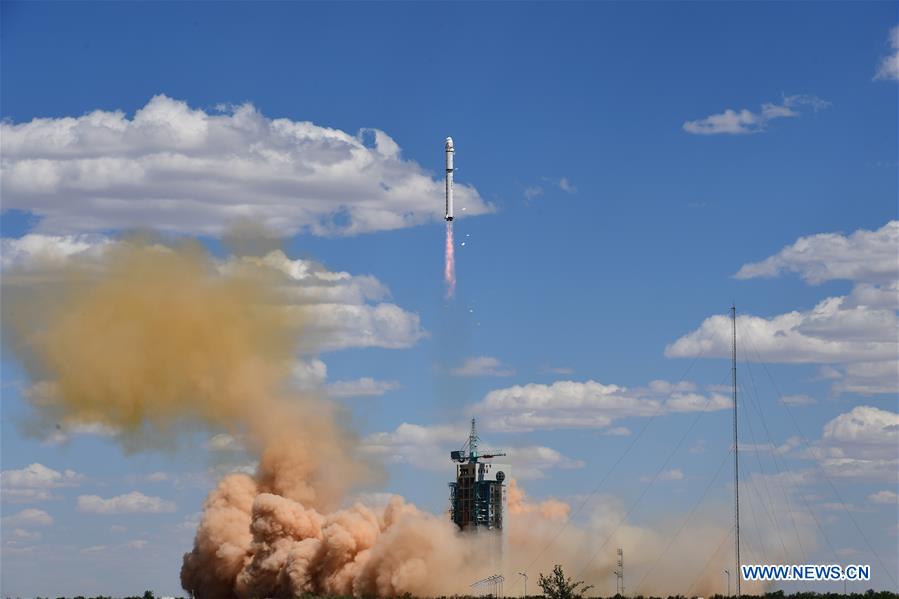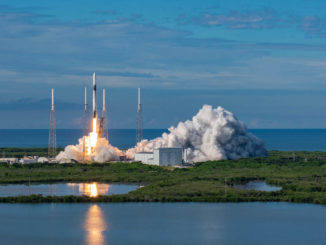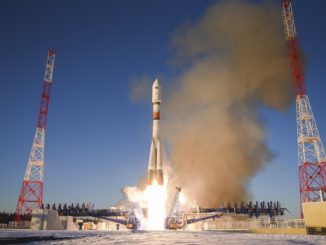
A Gaofen Earth-imaging satellite and two secondary payloads launched Wednesday aboard a Chinese Long March 2D rocket.
The Long March 2D launcher took off at 0719 GMT (3:19 a.m. EDT) Wednesday from the Jiuquan space base in the Inner Mongolia Autonomous Region located in northwestern China.
The launch occurred at 3:19 p.m. Beijing time, marking China’s 14th orbital launch attempt so far 2020. Two of the 14 space launch attempts have been failures.
China’s state-run Xinhua news agency said the two-stage Long March 2D rocket launched the Gaofen 9-03 Earth observation satellite, which will be “mainly used for land survey, city planning, land right confirmation, road network design, crop yield estimation, and disaster prevention and mitigation.”
The Gaofen 9-03 spacecraft is the third satellite to launch in China’s Gaofen 9-series, following missions launched in 2015 and on May 31 of this year. It is not clear whether the Gaofen 9 satellites are identical or only share a name, but Chinese state media reports associated with each launch indicated the payloads all carried optical Earth-imaging cameras with a resolution of better than 3.3 feet, or 1 meter.
China says the Gaofen series of satellites are managed by civilian officials. The Gaofen fleet includes satellites with optical, infrared and radar imaging observatories.
Wednesday’s Long March 2D launch also carried two smaller satellites into space, Xinhua said.
One of the secondary payloads launched Wednesday was the HEAD 5 microsatellite for a Beijing-based private company named HEAD Aerospace, which is deploying a fleet of small spacecraft to track ships and aircraft.
Another rideshare passenger was the Pixing 3A smallsat from Zhejiang University, which is designed to test picosatellite and nanosatellite technologies, according to Xinhua.
Email the author.
Follow Stephen Clark on Twitter: @StephenClark1.



